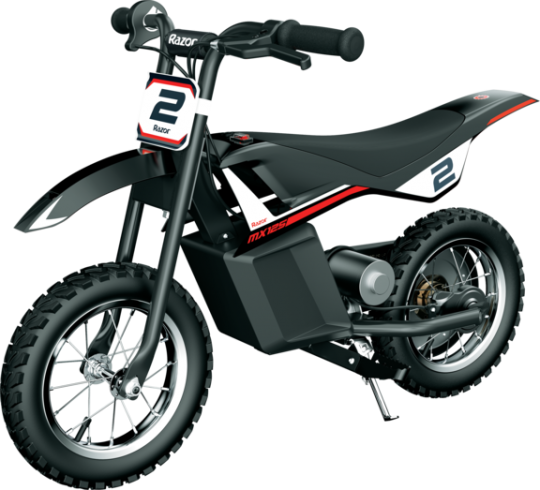
Having a big battery helps, of course: Capacities are stated in watt hours (Wh), the number of hours a battery can sustain 1 watt of power before dying. That’s because so many variables affect riding range. When comparing prospective e-bikes, you’ll see broad riding-range specs: 20-100 pedal-assisted miles, for example. A more powerful motor also burns up the battery faster, reducing your riding range. A more powerful motor delivers more speed for keeping up with traffic and more torque for climbing hills and hauling cargo. The design tradeoff is performance versus riding range. Manufacturers devote a lot of attention to the power plant in each bike.

E-Bike Batteries, Riding Ranges and Motors Also check with local cities and land managers at places you plan to ride. For a state-by-state guide to e-bikes, check out People for Bikes’ state-by-state guide to e-bike regulations around the country. The caveat to all of the access information above is that laws, licensing, registration, age limits and land-management rules are changing.

Research access rules before making a final choice of e-bike class. The tradeoff is not being able to ride on most bike paths nor mountain bike trail systems. They also climb better and handle heavier loads. The payoff with added performance is that you can keep up with traffic better. Compared to class 1 bikes, they’re faster and more powerful (and cost more). REI does not sell class 2 bikes, so this article will focus on class 1 and class 3 bikes.Ĭlass 3 e-bikes are popular with commuters and errand runners. That’s because both classes top out at 20 mph for motor assistance. This class of e-bikes is starting to be allowed on traditional mountain-bike trails, though access is not universal, so always check first.Ĭlass 2 e-bikes are typically allowed in the same places as class 1 e-bikes. You can ride one on city streets and many bike paths. Class 1 bikes are the most affordable and, from a regulatory standpoint, the most universally accepted. And remember, you can greatly extend your range by using your ebike in the lowest power and even ride your ebike without a battery.Most new riders start out with a class 1 e-bike. There are many other important cost factors to consider such as tires and inner tubes. If you’re worried about charging cost though, you shouldn’t be. Riding your ebike is one of the cheapest modes of transportation, even cheaper than mopeds (see our moped vs ebike comparison). Want to know the miles per cent? Take 1 mile and divide it by the cost per mileĮxample: 1 mile / 0.27 cents = 3.7 miles per cent Conclusion To calculate cost per mile/kilometer, take the range and divide it by the charging cost.Įxample: $0.054 / 20 miles = $0.0027 or 0.27 cents per mile. So, when doing this calculating, you probably want to take your average range or use the lowest range to calculate worse case scenario. Calculate Cost Per Mile/KilometerĬalculating the cost per mile/kilometer is a little trickier since your range will vary. Even taking this into account, the cost per mile is still incredibly low compared to other modes of transportation. This cost could be spread out over the course of 5 years. Keep in mind, while this is a much higher number compared to the cost of charging your ebike, it all depends on the type of battery you have and how frequently you charge it. To factor in battery cost, take the cost of your battery and divide it by the number of cycles. How do you factor in battery cost? You’ll need two additional pieces of information:įor a typical electric bike battery, let’s estimate the price of a new battery is $500 and lasts 800 cycles. If you calculate the cost of your battery into your charging cost, you’ll get a much different number. While it cost pennies to fully charge your ebike, there is a hidden cost that is often overlooked.Įlectric bike batteries can only be charged so many cycles before they need to be replaced.


The voltage and amp hour rating should be on your battery. To calculate the charging cost of your battery manually, you’ll need to know 3 pieces of information: Use the calculator below to find the cost per charge of your ebike.


 0 kommentar(er)
0 kommentar(er)
